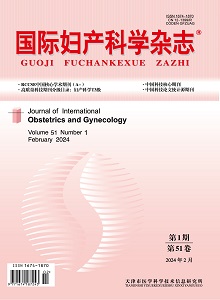Objective: To analyze the postoperative quality of life after myomectomy or hysterectomy (including total hysterectomy and subtotal hysterectomy) in patients with uterine fibroids aged 40 to 55 years, and to explore which surgical method can provide the best prognosis and the greatest benefit, in order to develop the best surgical program for this population. Methods: Collect clinical and follow-up data of 744 patients who underwent myomectomy or hysterectomy in the Women's Hospital, School of Medicine Zhejiang University, from January 2017 to December 2017, and compare the improvement in quality of life after operation under different surgical methods. Results: The 744 patients were divided into myomectomy group (439 cases) and hysterectomy group (305 cases). There were statistically significant differences between the two groups in age, menopause, clinical symptoms, duration of fibroid symptoms, number of fibroids, uterine size, and history of fibroid surgery (all P<0.05). In the myomectomy group, the rate of residual or recurrences was 69.25%. The myomectomy group showed greater improvement in daytime urination frequency, fatigue, mobility, self-care, usual activities, and EQ-5D-5L total quality of life score, compared to the hysterectomy group (all P<0.05). The sexual life satisfaction of the myomectomy group was higher than that of the hysterectomy group (91.47% vs. 68.20%, Z=-7.910, P<0.001), and the recommendation rate was also higher than that of the hysterectomy group (82.00% vs. 53.11%, χ2=75.826, P<0.001). Conclusions: The quality of life in the myomectomy group was higher than that in the hysterectomy group. For patients aged 40 to 55 who wish to preserve their uterus, if they are younger, have shorter conditions, have fewer symptoms, and have smaller uterus, myomectomy can be considered after informing them of the high risk of recurrence after surgery.

